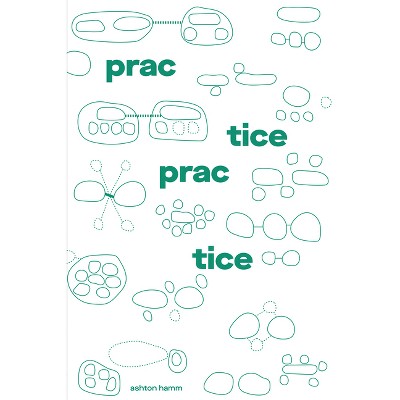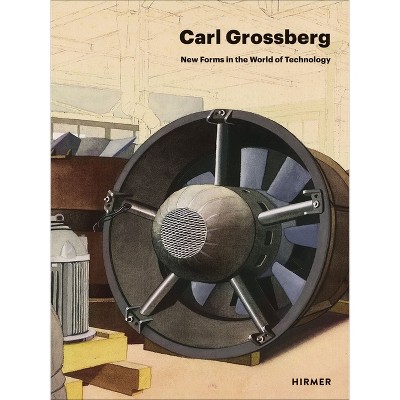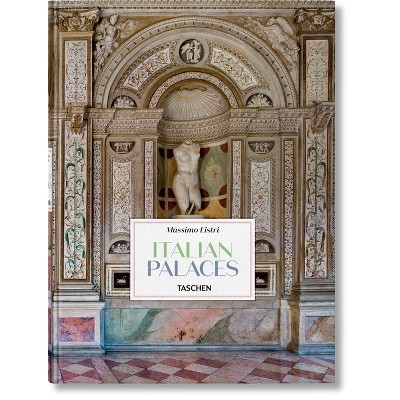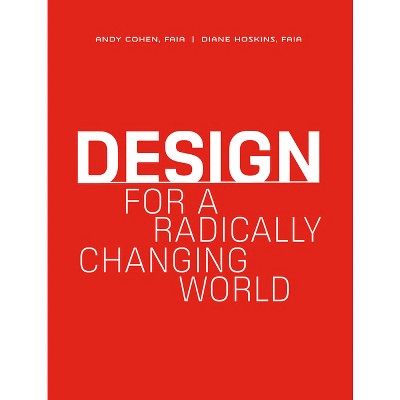Sponsored

Second-Century Modernism - by John Jennifer Marx (Hardcover)
In Stock
Sponsored
About this item
Highlights
- It could be said that Walter Gropius laid the cornerstone of modern architecture in 1919 by founding the Bauhaus.
- Author(s): John Jennifer Marx
- 252 Pages
- Architecture, Criticism
Description
Book Synopsis
It could be said that Walter Gropius laid the cornerstone of modern architecture in 1919 by founding the Bauhaus. As a result, modern architecture is now over 100 years old. This first century of modernism has come to a close with a mixed review. Enthusiasm for its achievements goes hand in hand with a discontent about a sizeable portion of its outcome, as well as its effect on the natural and built environments. The most vocal supporters of these modernist ideals crafted epic claims that modernism was bound to deliver progressive and humane environments. Alas, the follow through of those promises was uneven at best. Can we update this ideological framework, establishing a new outlook that is both open-ended and operational? If the first century of modernism can be considered an architecture of abstraction and ideas, then what might we design if we turn our attention, in this second century of modernism, to an architecture of emotional abundance? Second-Century Modernism creates an architecture of richness and community by placing a higher priority on emotional meaning, through a shift in the design process that balances the rational with the intuitive, and a "Less + More" approach to expanding the range of cultural values we can inclusively balance in our environments. It welcomes you to embrace the paradoxical qualities of human existence.Review Quotes
"The book, then, is not anti-modernist; nor is it postmodern. It's perhaps best described as making the case for an evolved, improved modernism." --Indesign "Second Century Modernism creates an architecture of richness and community by placing a higher priority on emotional meaning, through a shift in the design process that balances the rational with the intuitive, and a "Less + More" approach to expanding the range of cultural values we can inclusively balance in our environments. It welcomes you to embrace the paradoxical qualities of human existence." --ArchDaily
"Have we failed Modernism?" This provocative question lies at the heart of Marx's manifesto advocating for a shift from an architecture of abstraction to one that prioritizes emotional resonance and experiential richness. Co-founding principal and chief artistic officer of Form4 Architecture in San Francisco, Marx's text takes the form of visual poems and essays such as "Rebalancing Modernism" and "Embracing Paradox" that present his thesis. Succeeding sections introduce the principles of Second Century Modernism followed by projects--from private residences to Silicon Valley masterplans--that embody them. The book concludes with a dedicated section on his advocacy work related to theories of beauty, gender, and philosophy. --Society of Architectural Historians
Shipping details
Return details
Guests also viewed
Discover more options











